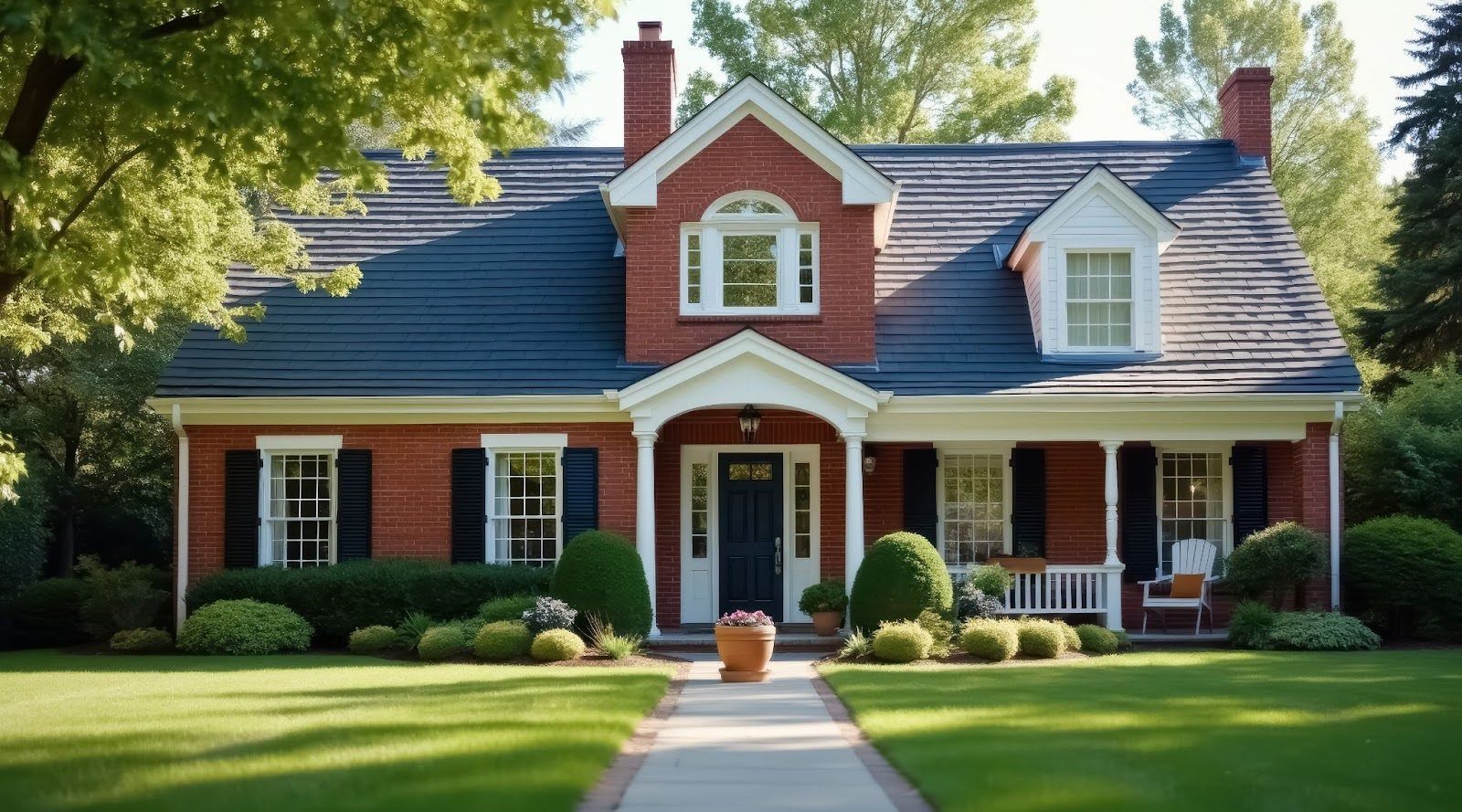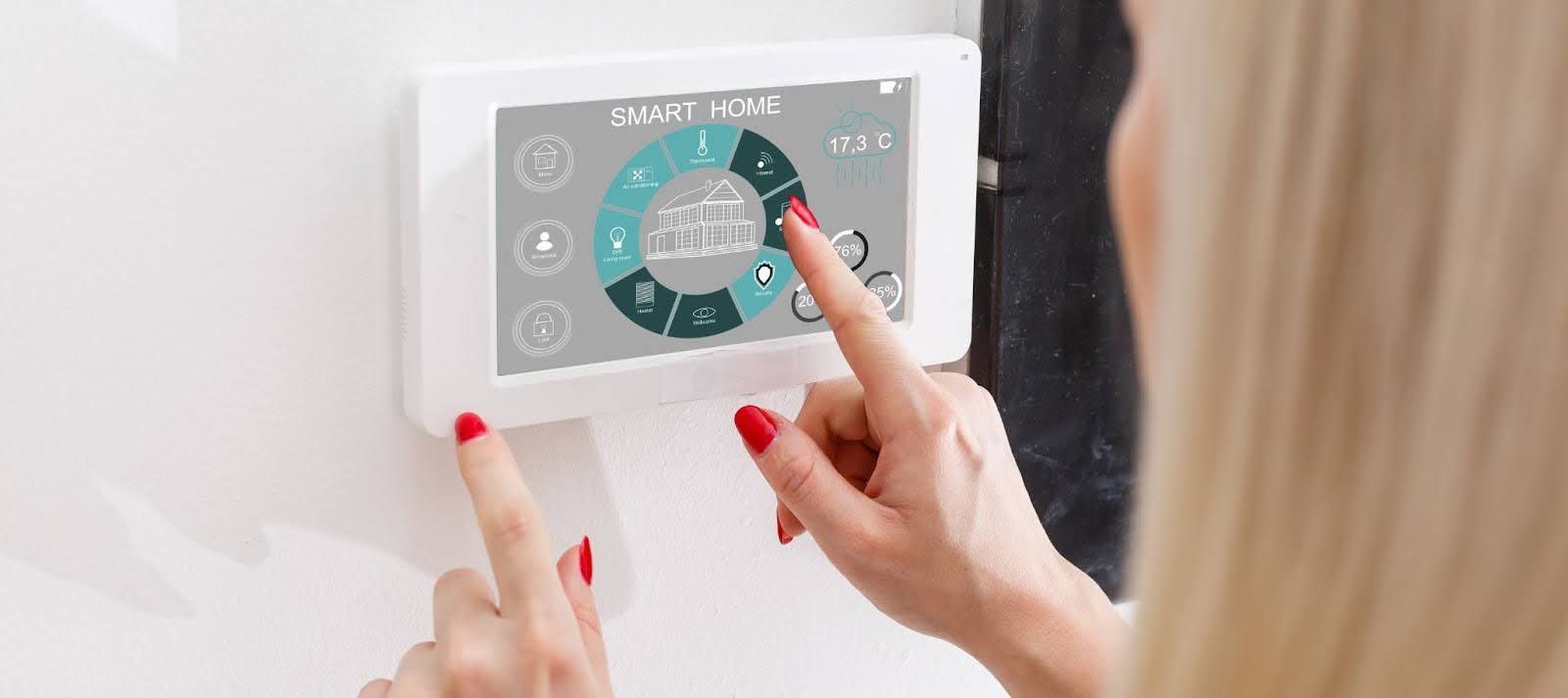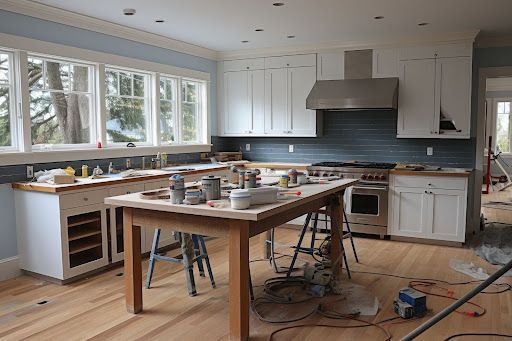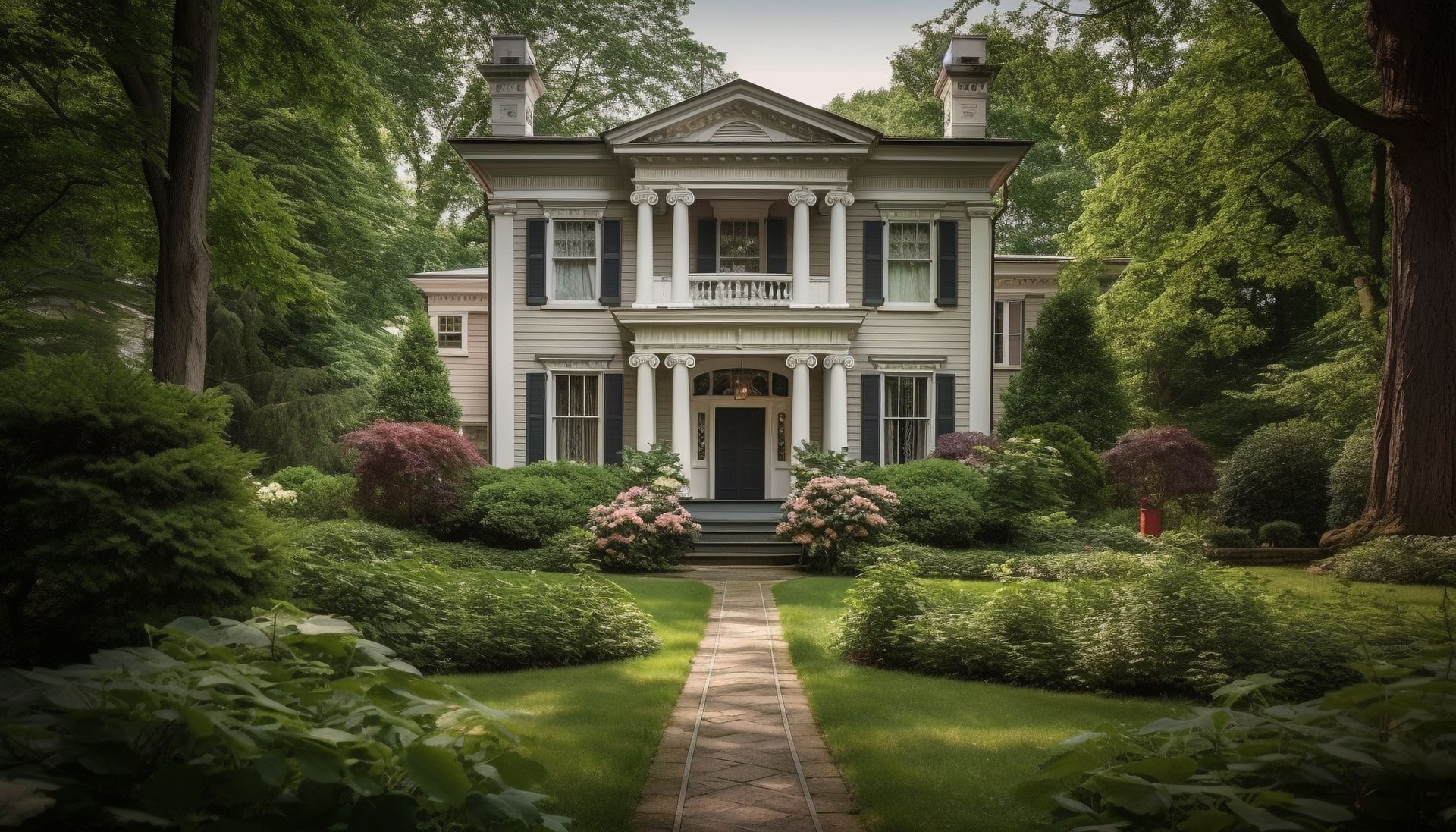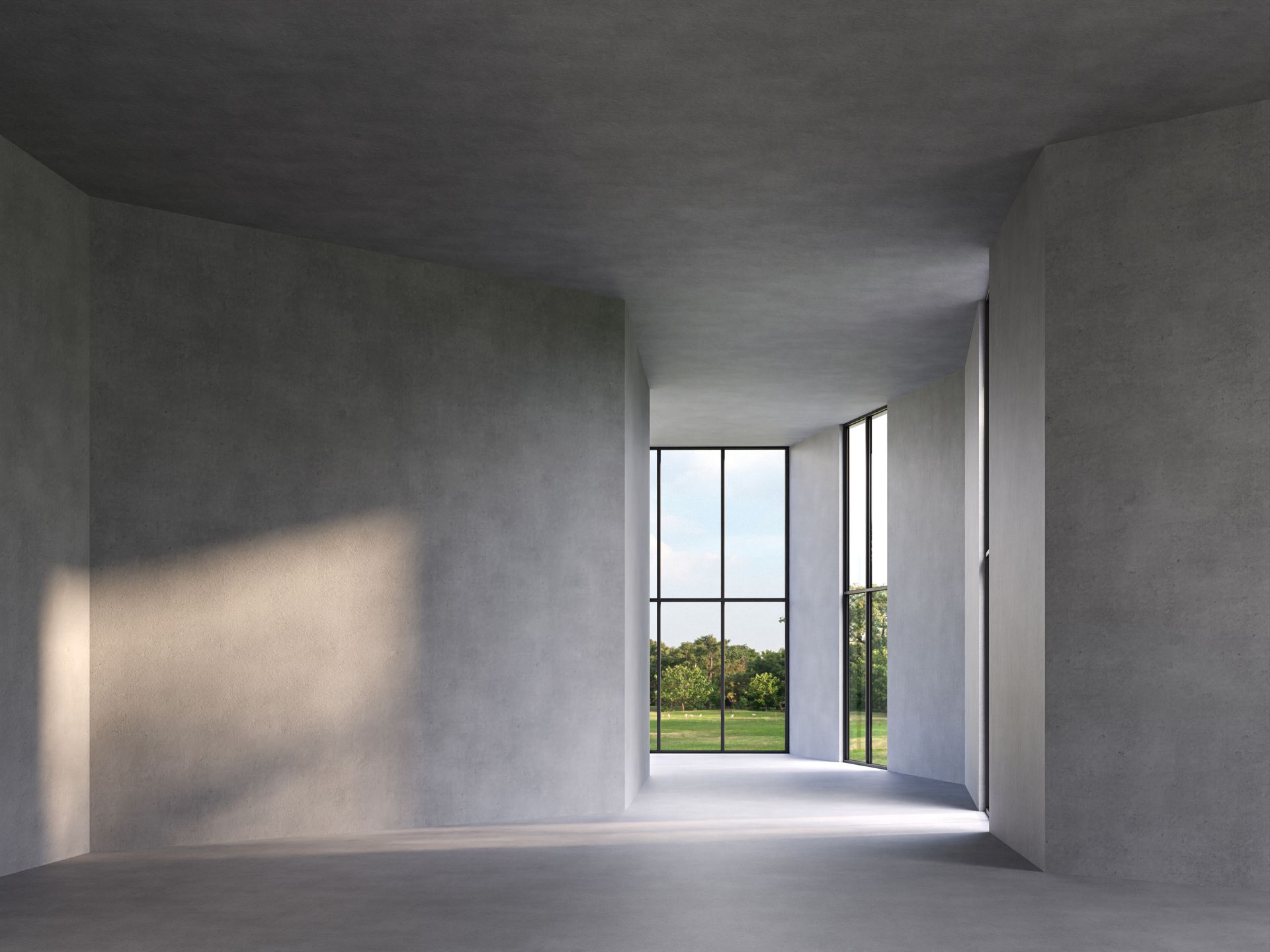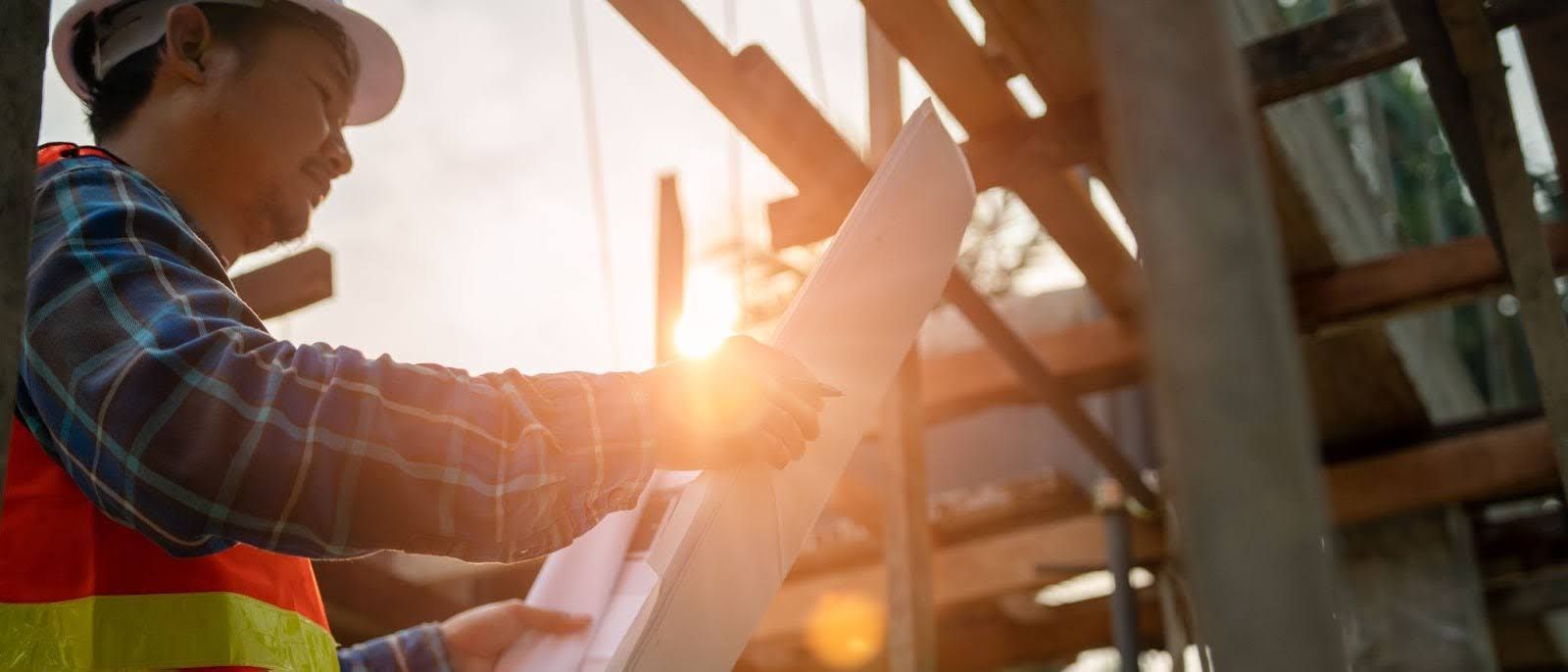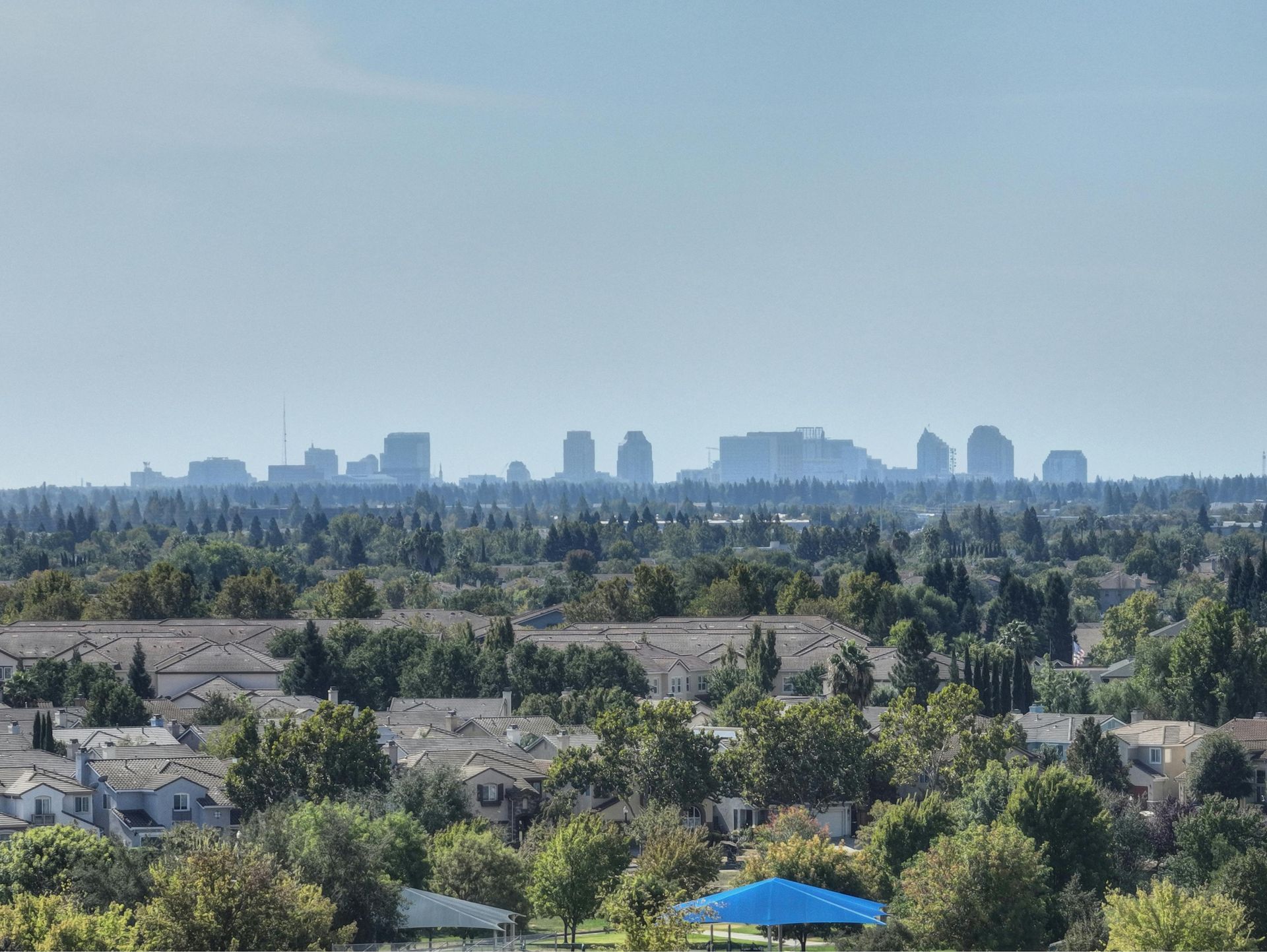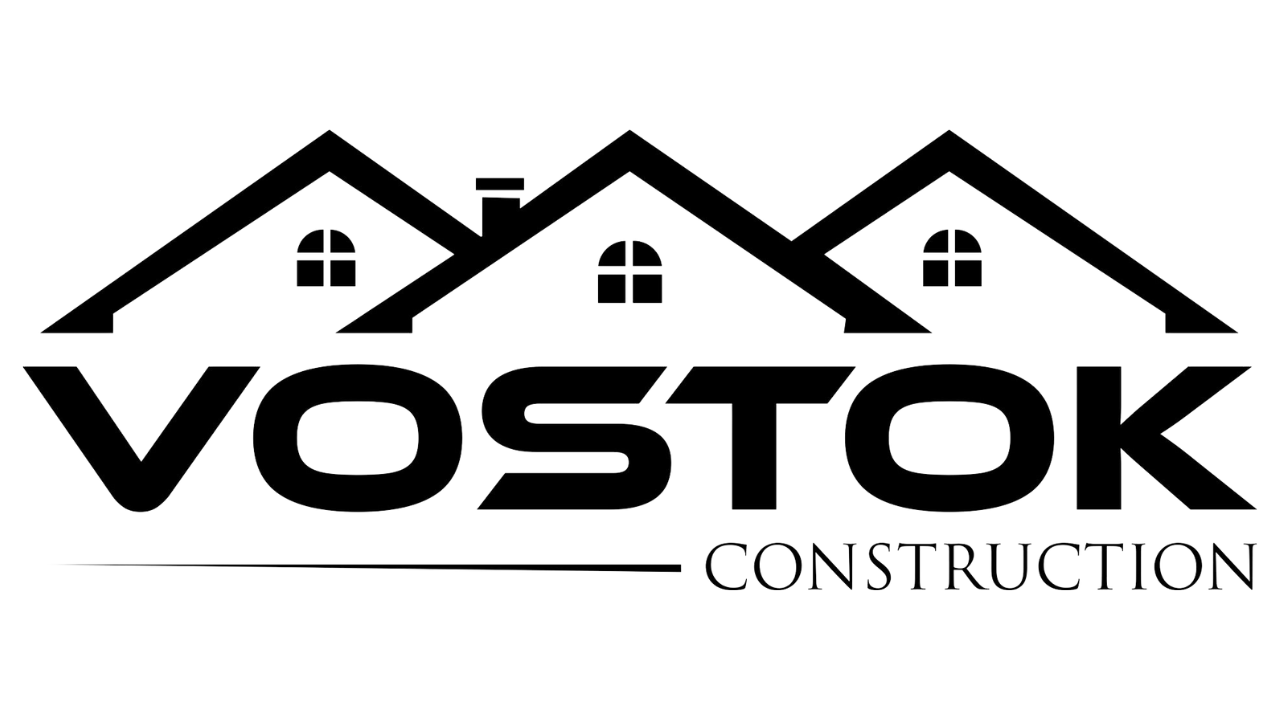James Hardie Siding versus Vinyl Siding: A Comparative Analysis
When it comes to the exterior finish of a home, siding is a popular choice because of its ability to offer protection and aesthetic appeal. Two of the most frequently considered materials are James Hardie siding (also known as fiber cement siding) and vinyl siding. We will provide a comparative analysis of these two popular siding options, evaluating key features such as durability, aesthetics, maintenance, cost, and environmental impact.
Durability
James Hardie Siding : James Hardie Siding is known for its outstanding durability. It’s made from a combination of sand, cement, and cellulose fibers, which makes it extremely resistant to most forms of damage. It stands up well against severe weather conditions, doesn’t warp or rot, and is non-combustible, giving it a high resistance to fire. This siding also resists pests and termites, adding to its lifespan.
Vinyl Siding: Vinyl siding is durable in its own right. It’s resistant to rot and pests and holds up well against typical weather conditions. However, it can warp or crack in extreme temperatures, and it’s more susceptible to fire damage compared to James Hardie siding.
Aesthetics
James Hardie Siding: James Hardie siding offers a wide range of design and color options. With its ability to mimic the appearance of materials like wood, it gives homes a high-end look. The color is baked into the siding, which means it retains its look for longer, reducing the frequency of repaints.
Vinyl Siding : Vinyl also comes in a variety of colors and styles. It can mimic the look of wood grain, but it doesn’t match the realistic appearance that James Hardie siding offers. Over time, the color may fade, especially for darker shades exposed to constant sunlight.
Maintenance
James Hardie Siding : This type of siding requires minimal maintenance. It does not attract dirt or dust, reducing the need for regular cleaning. However, to maintain its appearance, it may need to be repainted every 10-15 years.
Vinyl Siding : Vinyl siding is low maintenance. It does not need to be painted, and a simple wash with a hose is usually enough to keep it clean. However, if it cracks or breaks, the affected panel will need to be replaced.
Cost
James Hardie Siding : The cost of James Hardie siding is typically higher than vinyl siding. This is because of the material’s durability, longevity, and the labor-intensive installation process. However, its long lifespan and lower maintenance costs can make it a cost-effective choice in the long run.
Vinyl Siding: Vinyl siding is generally more affordable upfront, both in terms of material and installation costs. However, it might require more frequent replacements over time, which could add up in terms of cost.
Environmental Impact
James Hardie Siding : James Hardie siding is considered more environmentally friendly. The materials used are sustainable, and the manufacturing process is designed to minimize waste. In addition, because it lasts longer, it reduces the need for replacement and, therefore, lowers resource consumption.
Vinyl Siding : Vinyl siding has a higher environmental impact. The production process releases toxins, and old vinyl siding can be challenging to recycle. However, its longevity and low maintenance can offset some of these impacts.
The decision between James Hardie siding and vinyl siding depends on your specific needs and circumstances. If durability, aesthetics, and eco-friendliness are your top concerns, James Hardie siding might be the better choice. However, if upfront cost and low maintenance are your priorities, vinyl siding could be a more suitable option. Always consider the long-term implications of your choice and consult with a professional to understand which siding would work best for your home.
Vostok Construction is your go-to company for quality siding that is a perfect match for your home. Click here to learn more about our siding services today!
The post James Hardie Siding versus Vinyl Siding: A Comparative Analysis appeared first on Vostok Construction.
